SLLS550E November 2002 – March 2023 SN65HVD08 , SN75HVD08
PRODUCTION DATA
- 1 Features
- 2 Applications
- 3 Description
- 4 Revision History
- 5 Pin Configuration and Functions
- 6 Specifications
- 7 Parameter Measurement Information
- 8 Detailed Description
- 9 Application and Implementation
- 10Device and Documentation Support
- 11Mechanical, Packaging, and Orderable Information
Package Options
Mechanical Data (Package|Pins)
Thermal pad, mechanical data (Package|Pins)
Orderable Information
6.8 Typical Characteristics
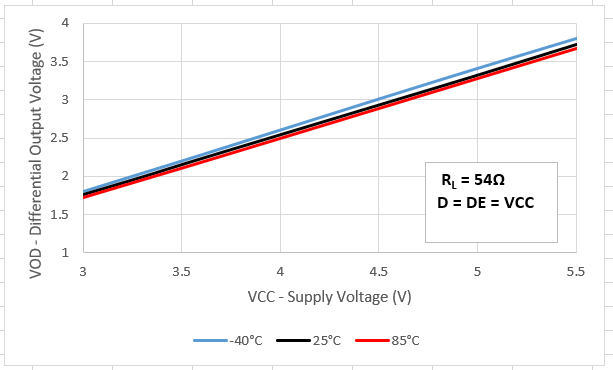 Figure 6-2 Differential Output Voltage vs Supply Voltage
Figure 6-2 Differential Output Voltage vs Supply Voltage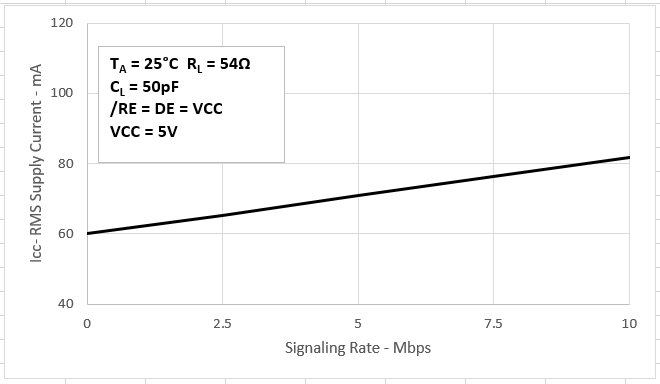 Figure 6-4 RMS
Supply Current vs Signaling Rate
Figure 6-4 RMS
Supply Current vs Signaling Rate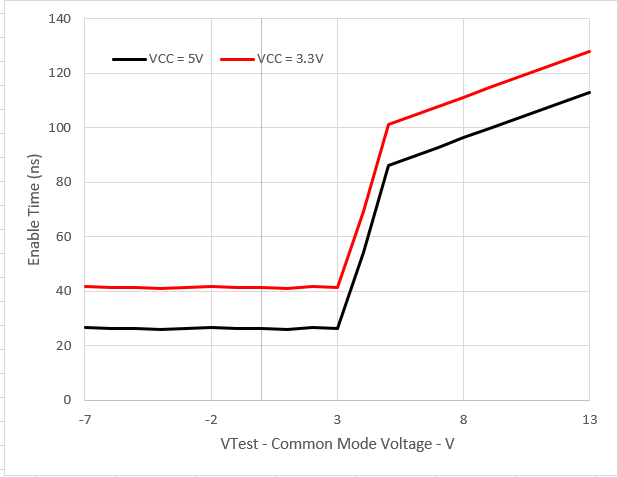 Figure 6-6 Enable Time vs Common-Mode Voltage (See Figure 6-1)
Figure 6-6 Enable Time vs Common-Mode Voltage (See Figure 6-1)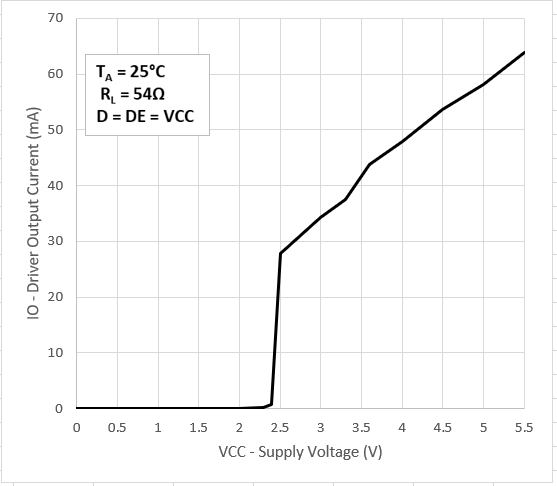 Figure 6-3 Driver Output Current vs Supply Voltage
Figure 6-3 Driver Output Current vs Supply Voltage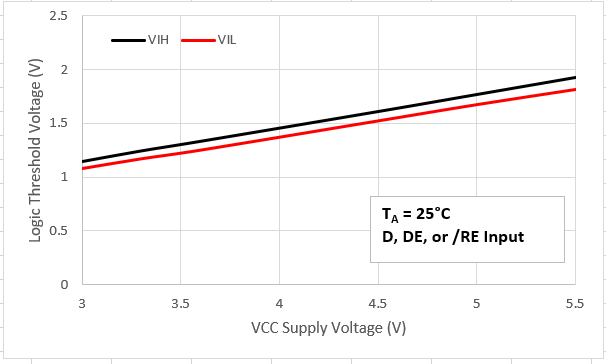 Figure 6-5 Logic
Input Threshold Voltage vs Supply Voltage
Figure 6-5 Logic
Input Threshold Voltage vs Supply Voltage